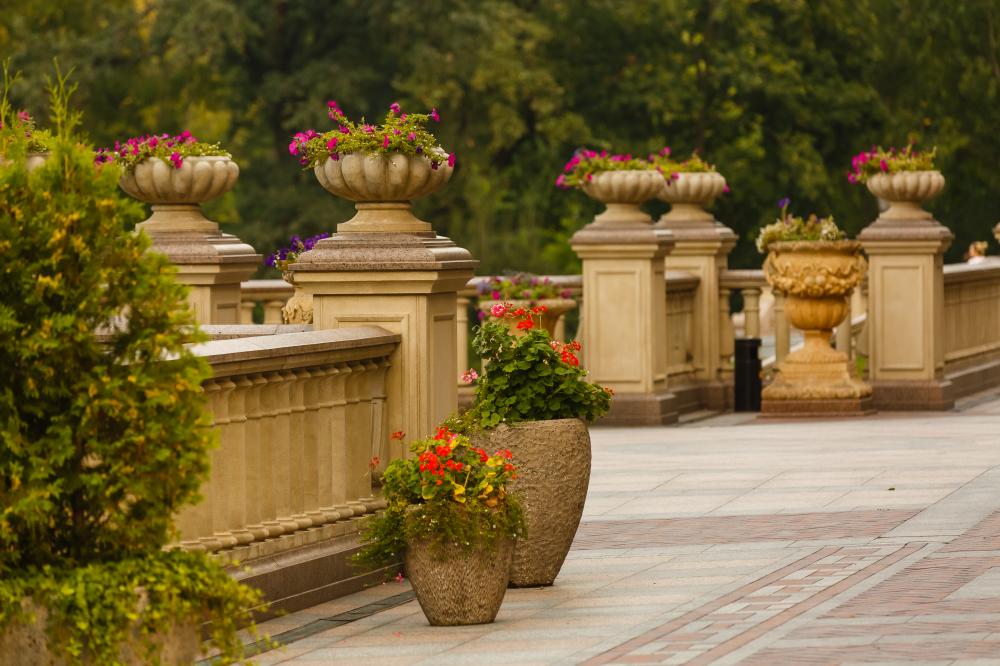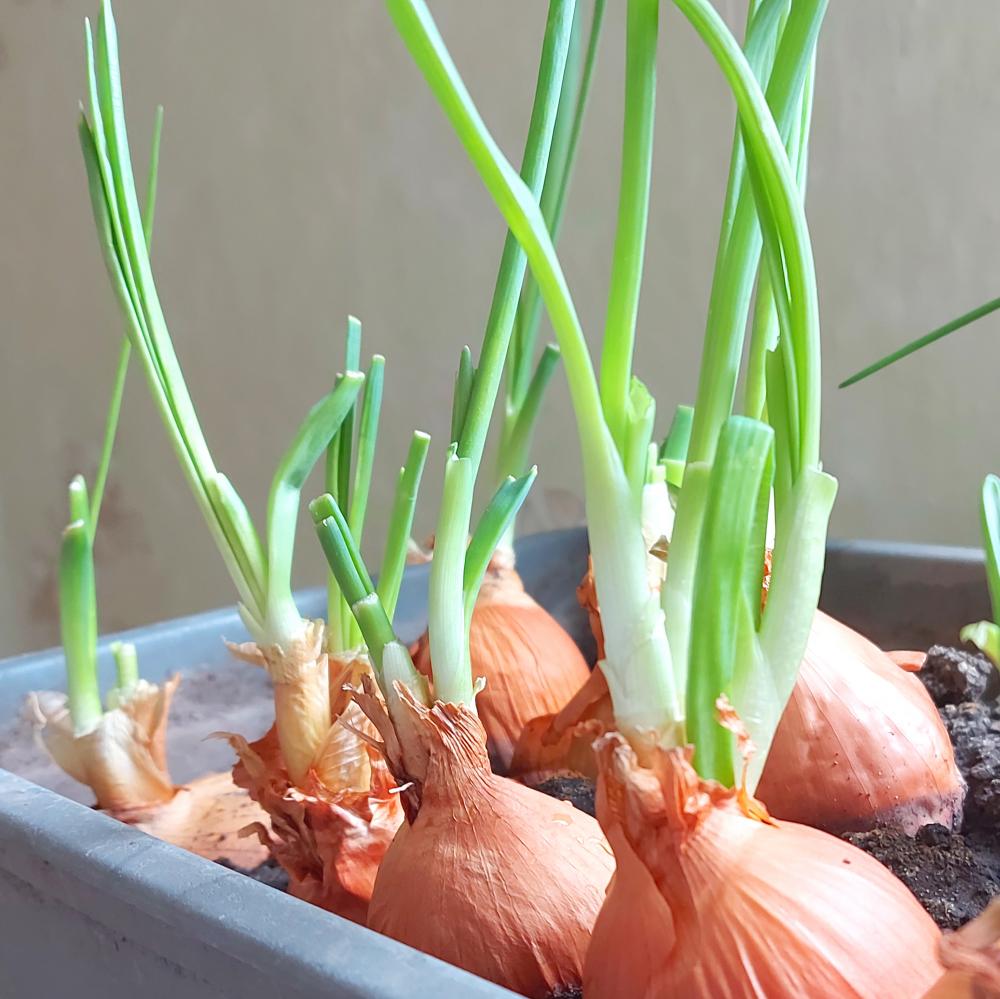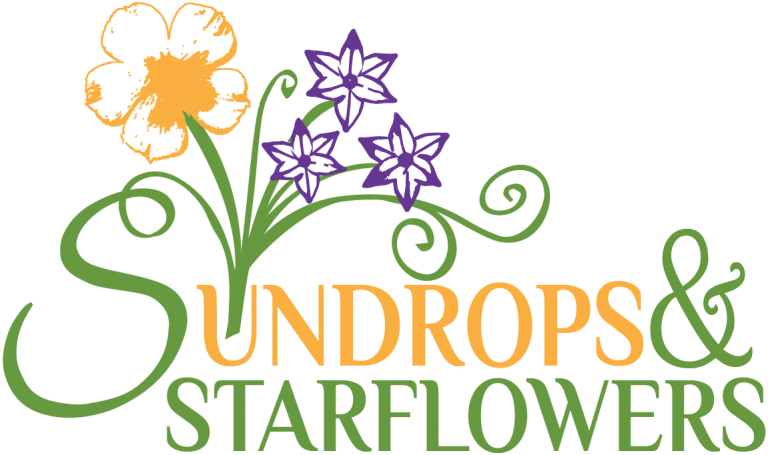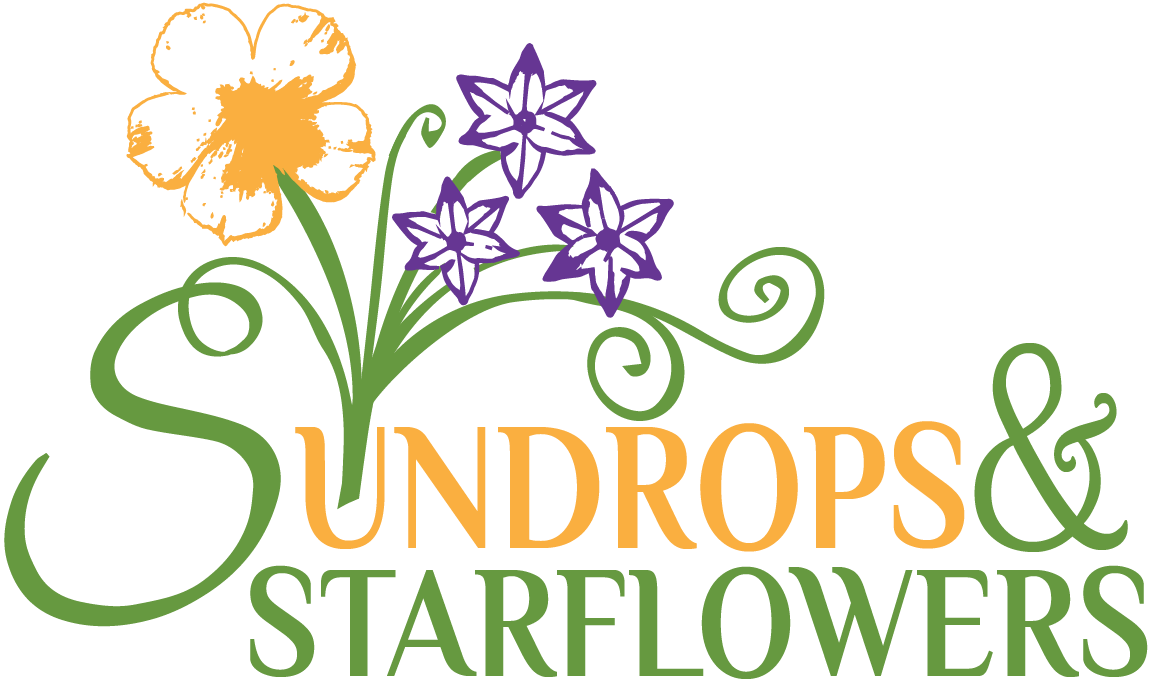
Introduction to Container Gardening
At Stephanie Selig Landscape Design, we embrace the versatility and creativity that container gardening offers, especially for DIY homeowners in northern Colorado. Container gardening is not just a solution for those with limited space; it’s a vibrant, flexible form of gardening that allows for personal expression and experimentation right in your backyard or balcony.
Choosing the Right Containers
Selecting the perfect container is the first step in creating a successful container garden. The beauty of container gardening lies in its diversity; you can repurpose old items or invest in containers specifically designed for gardening. However, the key factors to consider are size, drainage, and material.
Size Matters:
The size of your container directly impacts the health and growth of your plants. A too-small container will restrict root growth and reduce the plant’s potential, while a too-large container may lead to overwatering issues.
Drainage is Crucial:
Adequate drainage is non-negotiable in container gardening. Ensure your containers have holes at the bottom to prevent water from pooling and causing root rot.
Material Choices:
From terracotta and ceramic to plastic and wood, each material has its benefits and limitations. For instance, wooden containers offer an aesthetic appeal but may rot over time, whereas plastic containers are lightweight and durable but can become brittle under intense sunlight.
Soil and Nutrition
The right soil mix is crucial for the success of your container garden. Avoid using garden soil as it can compact and hinder proper drainage. Instead, opt for a high-quality potting mix that provides the right balance of aeration and moisture retention. Incorporating compost can enrich the soil with nutrients, ensuring your plants thrive.
Plant Selection
Choosing the right plants for your container garden involves considering the plant’s mature size, sunlight requirements, and water needs. At Stephanie Selig Landscape Design, we recommend starting with easy-to-grow varieties such as herbs, lettuce, and tomatoes for first-timers. Understand the climate in northern Colorado and select plants that will thrive in our seasonal conditions.
Watering Strategies
Watering is perhaps the most critical aspect of container gardening. The limited soil volume means plants can dry out quickly, especially during the hotter months. Regularly check the soil moisture and water deeply to encourage deep root growth. Consider self-watering containers to mitigate the risk of over or under-watering.
Fertilizing Your Container Garden
Plants in containers exhaust the available nutrients faster than their in-ground counterparts. Integrating a slow-release fertilizer into the potting mix or using organic options like fish emulsion can provide your plants with the necessary nutrients throughout the growing season.
Maximizing Space with Creativity
One of the most exciting aspects of container gardening is the opportunity to maximize space creatively. Hanging baskets, vertical gardens, and tiered plant stands not only save floor space but also add visual interest to your garden. Experimenting with plant combinations and container arrangements can transform even the smallest space into a lush, productive garden.
Overcoming Challenges
Container gardening, while rewarding, comes with its set of challenges. Fluctuations in temperature, limited space, and issues with pests and diseases can impact your garden’s success. However, with the right planning and care, these challenges can be managed effectively.
Pest Management:
Regular monitoring and using organic pest control methods can keep your garden healthy and thriving. Companion planting can also deter pests naturally.
Climate Considerations:
In northern Colorado, our climate varies greatly throughout the year. Choose containers and plants that can withstand the fluctuations, and be prepared to move containers to protect them from harsh weather conditions.
Enjoying Your Container Garden
Container gardening offers a unique blend of flexibility, creativity, and satisfaction. As you nurture your garden, you’ll discover the joys of watching your plants grow and flourish. Whether it’s fresh herbs for cooking, vibrant flowers to brighten your space, or the satisfaction of growing your own vegetables, container gardening is a rewarding endeavor that enhances any outdoor area.
At Stephanie Selig Landscape Design, we are here to support your gardening journey every step of the way. From initial design to plant selection and care, our goal is to help you create a beautiful, productive container garden that reflects your personal style and meets your gardening goals. For a consultation or more tips on creating your container garden in northern Colorado, reach out to us today.

What is a disadvantage to container gardening?
While container gardening boasts numerous benefits, like flexibility and space efficiency, one notable disadvantage is the increased demand for watering. Given the limited soil volume in containers, moisture evaporates more rapidly than it does in the ground, especially during the warm summer months. This means plants in containers can require daily watering, and sometimes even twice a day, to maintain the necessary moisture levels for healthy growth. Additionally, because of this limited soil volume, container gardens may also require more frequent fertilization as nutrients get depleted faster than in traditional garden beds. It’s a balancing act, but with careful planning and perhaps the use of self-watering containers, this challenge can be effectively managed.
What is the rule of thumb for container gardening?
The rule of thumb for successful container gardening is choosing the right container size and ensuring proper drainage. A common misunderstanding is that any container will do, but the size of the container should match the growth requirements of the plants you intend to grow; this means taking into consideration the plant’s mature size and root spread. Additionally, the presence of drainage holes at the bottom of your container is non-negotiable. Even in containers that appear to have built-in drainage, I often recommend adding extra holes to ensure that excess water can escape, preventing issues like root rot. This starting point sets the foundation for a thriving container garden.
How do you start a container garden for beginners?
Starting a container garden is an exciting venture, and it’s not as daunting as it might seem. First, decide on the location of your garden based on the amount of sunlight the area receives; this will guide your plant selection. Next, choose containers that fit the space well, keeping in mind that they need to have adequate drainage. I recommend starting with larger containers as they hold more soil, which stays moist longer and is more forgiving to new gardeners. Then, invest in a quality potting mix designed for container gardening to ensure your plants have the best possible start. When selecting plants, consider their sunlight and water needs; starting with easy-to-grow plants like herbs, lettuce, or tomatoes can boost confidence. Remember, container gardening is a journey of learning and discovery, so don’t be afraid to experiment!
What vegetables can grow in containers?
Many vegetables adapt well to container gardening, making it a fantastic option for those with limited space or no traditional garden beds. Some of the most rewarding vegetables to grow in containers include tomatoes, peppers, lettuce, spinach, and radishes. Herbs, such as basil, cilantro, and mint, are also excellent choices due to their compact nature and low maintenance requirements. Interestingly, even root vegetables like carrots and beets can thrive in containers, provided they are deep enough to accommodate the plants’ growing needs. With the right container, soil mix, and care, you can enjoy a bountiful harvest right from your balcony or patio.
How can you maximize gardening in small spaces?
Maximizing gardening in small spaces is all about creativity and making the most of what you have. Vertical gardening is a fantastic way to grow upwards, using wall-mounted planters, trellises, or even repurposed items like pallets. This approach not only saves valuable floor space but also adds a unique aesthetic element to your garden. Similarly, utilizing hanging baskets and tiered plant stands can increase your planting area without cluttering your space. Select dwarf or compact varieties of plants that are known to perform well when space is limited. Remember, the goal is to create a visually appealing and productive garden, regardless of its size. And, don’t forget to consider the sunlight; even in small spaces, ensuring your plants have enough light is key to their growth.
Container Gardening Resources
- Colorado State University Extension – Yard and Garden – Find valuable information on gardening in Colorado, including soil health, plant selection, and pest management.
- University of Illinois Extension – Container Gardening – Learn about the basics of container gardening, from choosing containers to plant care tips.
- Old Farmer’s Almanac – Container Gardening with Flowers – Discover how to create stunning floral displays in containers, with plant recommendations and care advice.
- North Carolina State University Extension – Container Gardening – Access an in-depth guide to successful container gardening, covering watering, fertilizing, and more.

